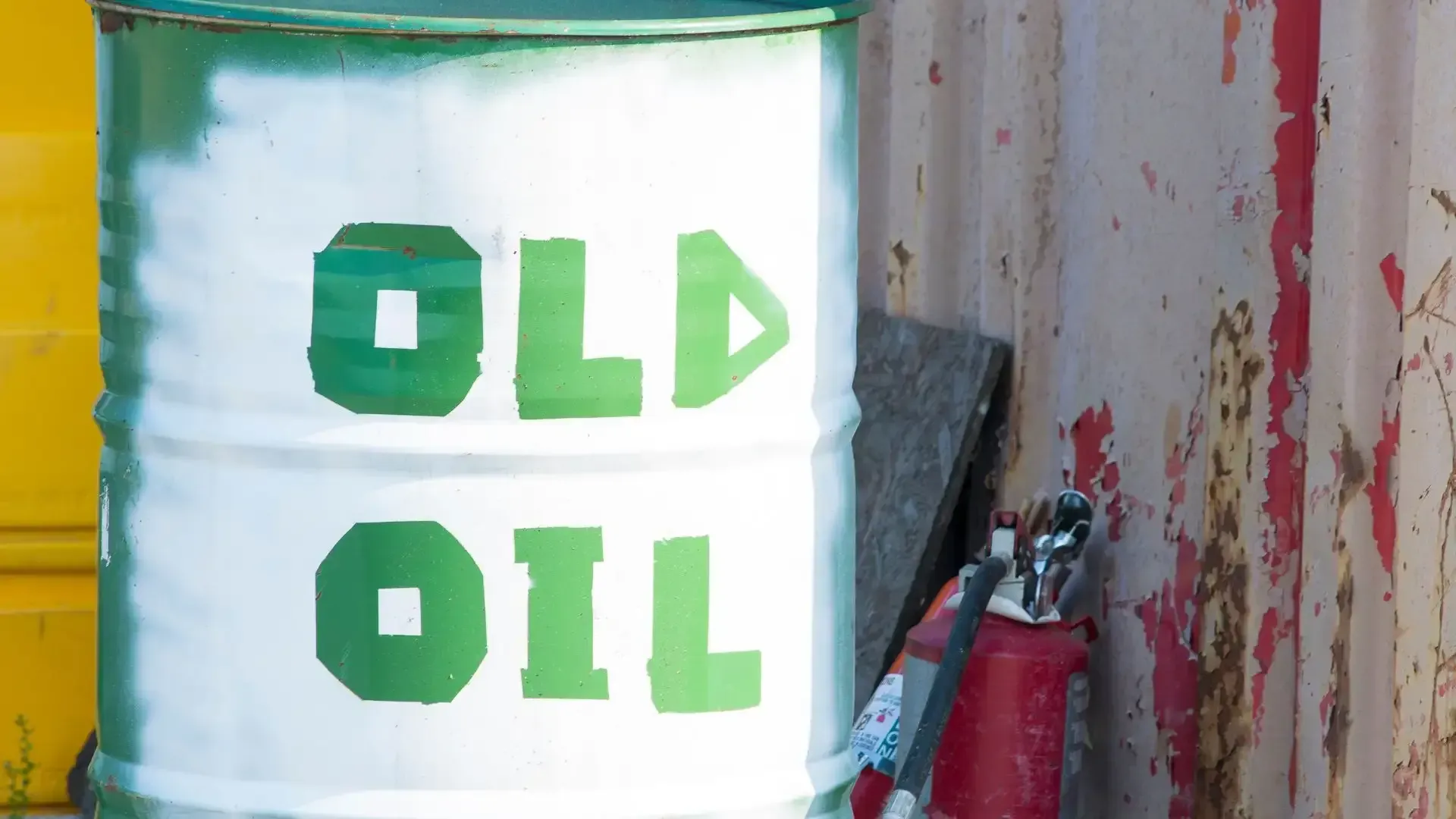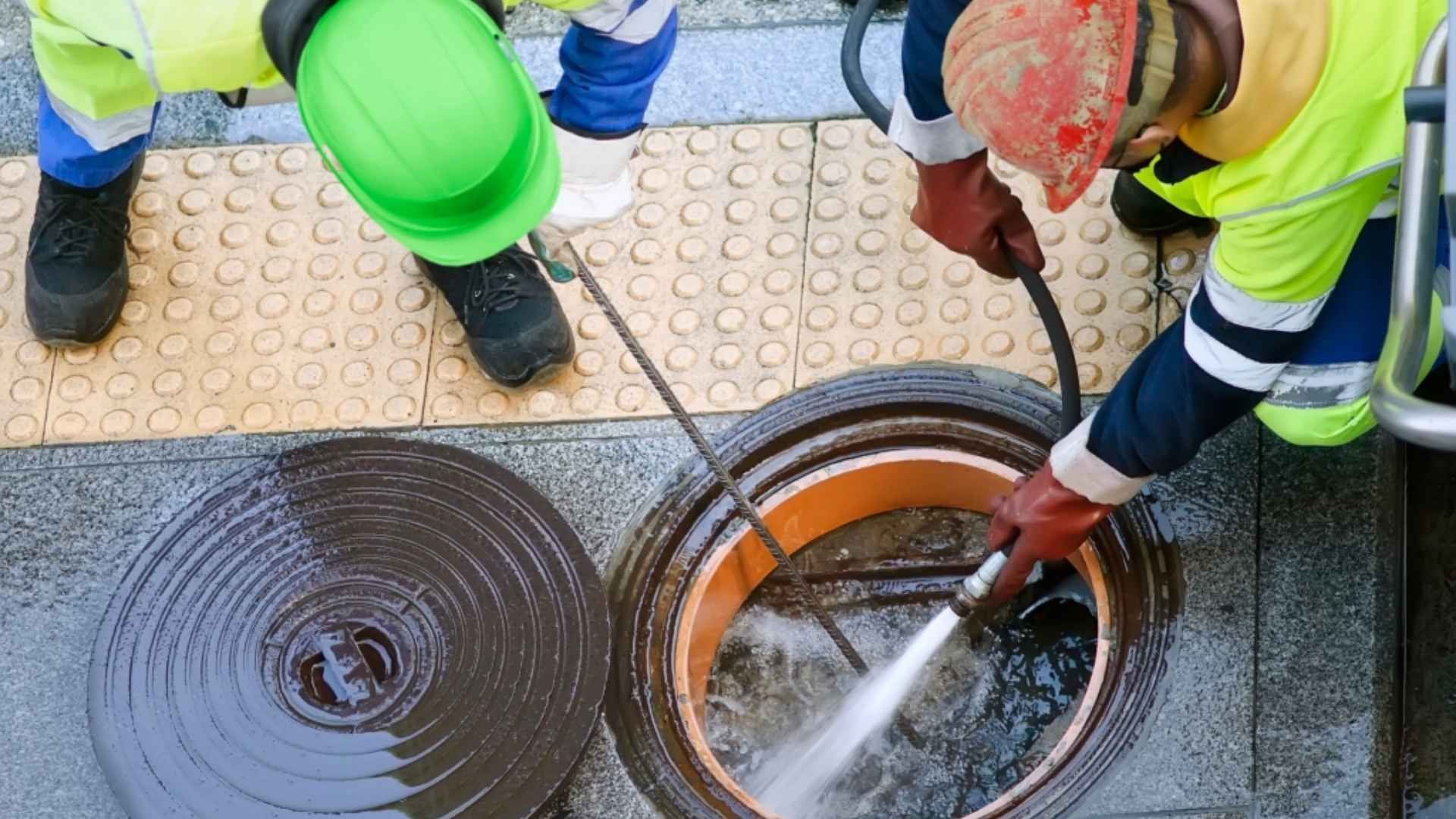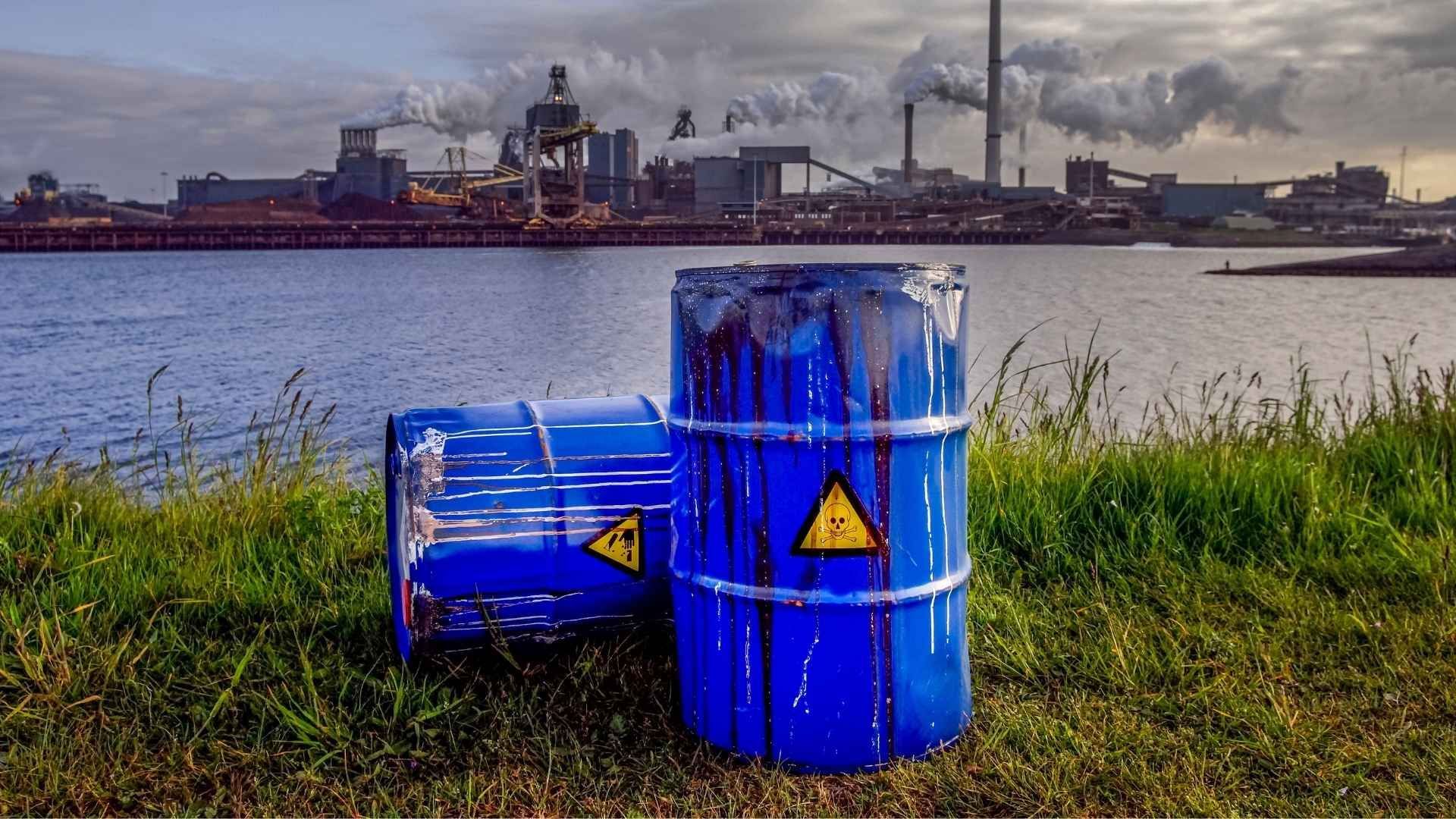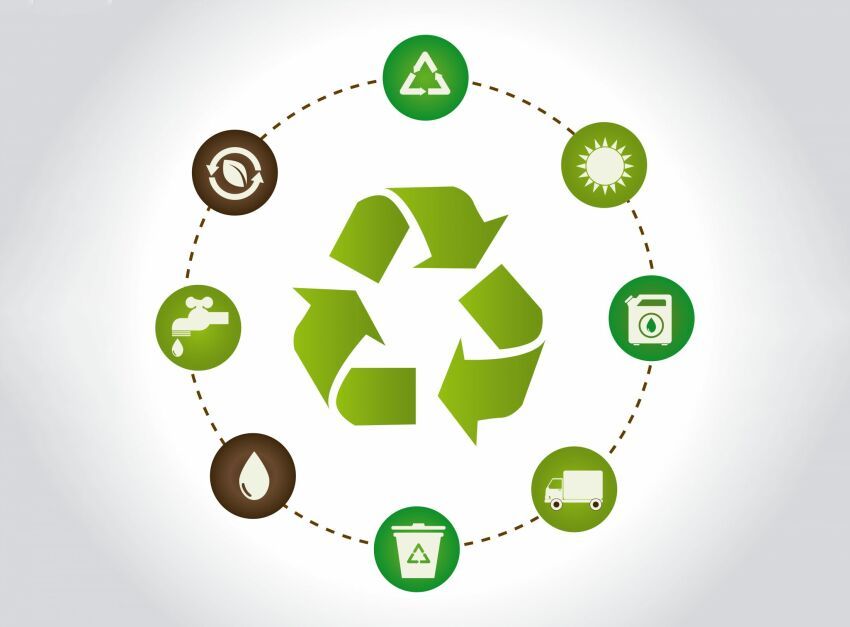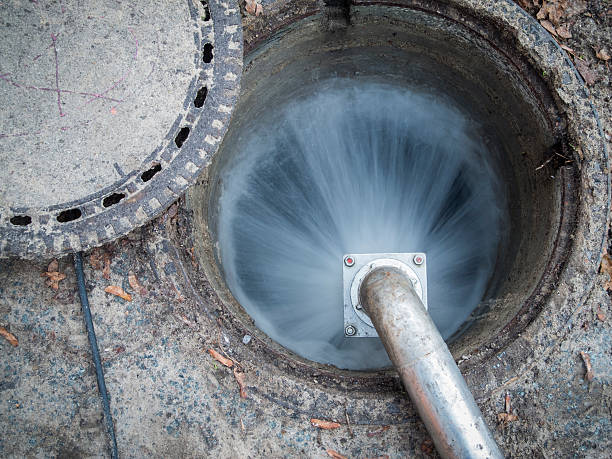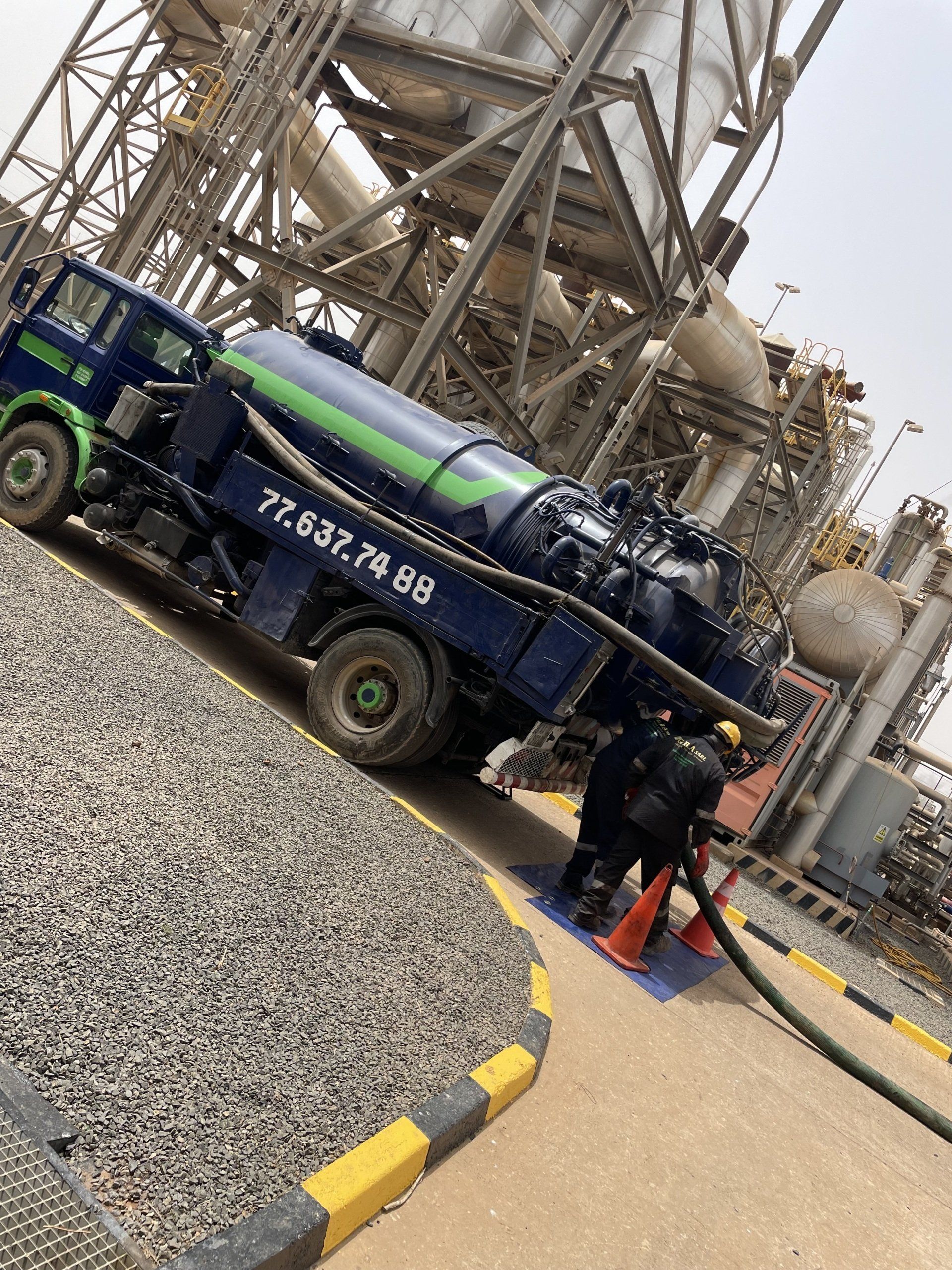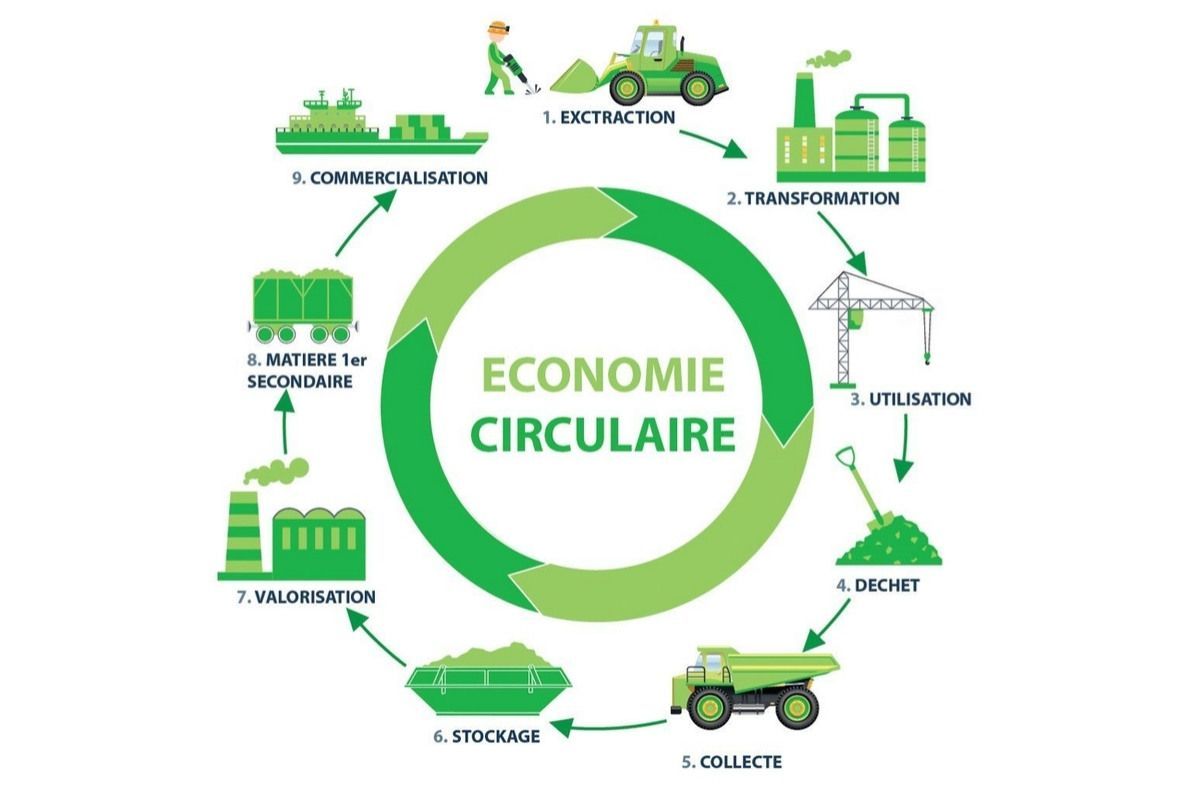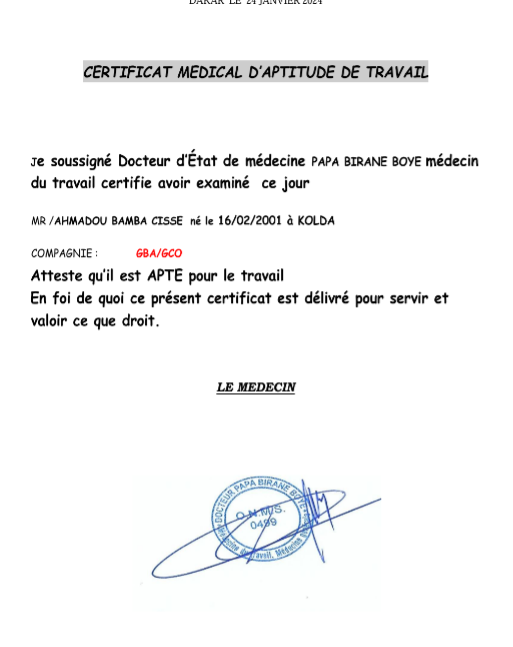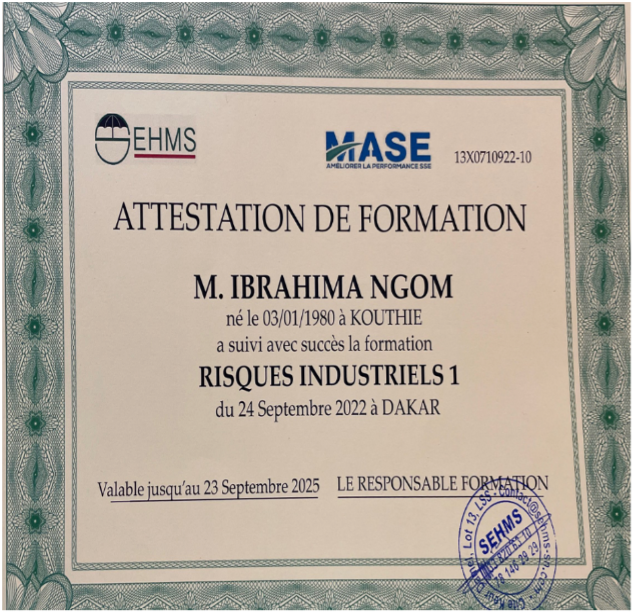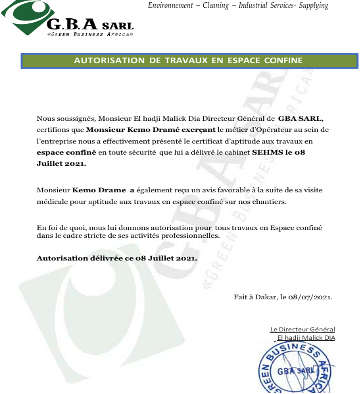Key environmental trends to watch in Africa
Africa stands out for its ecological innovations and growing commitment to sustainable development. Discover the major trends that are set to transform the continent.
1. Growth of Renewable Energy
Renewable energies, particularly solar, wind, and hydroelectric power, continue to expand at a steady pace. These solutions are at the heart of strategies to improve energy access while preserving the environment.
- Rural Electrification: Solar microgrids are providing clean and affordable energy to remote areas.
- Government Initiatives: Energy infrastructure projects supported by public and private funding.
2. Adoption of Sustainable Agriculture
African agriculture is increasingly embracing sustainable practices such as agroecology and regenerative farming. These approaches reduce the ecological footprint and enhance crop resilience against climate change.
- Agricultural Technologies: Use of drones to optimize yields and drought-resistant seeds.
- Training Programs: Support for farmers to integrate environmentally friendly practices.
3. Promotion of the Circular Economy
Recycling and waste management are becoming priorities to reduce pollution. African startups are offering innovative solutions to transform waste into valuable resources.
- Community Recycling: Programs involving local residents in responsible waste management.
- Waste Valorization: Converting plastic and organic waste into reusable materials or energy.
4. Investment in Sustainable Transport
Major African cities are focusing on green transport infrastructure to lower their carbon footprint. Electric vehicles and modern public transportation systems are gaining popularity.
5. Protection of Biodiversity
Biodiversity conservation and sustainable tourism are becoming integral parts of development strategies. These initiatives help protect ecosystems while generating income for local communities.
- Habitat Rehabilitation: Large-scale conservation projects.
- Ecotourism: Promoting responsible travel in protected areas.
Africa is positioning itself as a key player in green innovation. These trends reflect the continent’s commitment to a sustainable future. Embrace these initiatives and contribute to positive change today.i.
RISKS RELATED TO THE ATMOSPHERE
- Risk of anoxia due to oxygen levels below 19%.
- Risk of asphyxiation or acute poisoning.
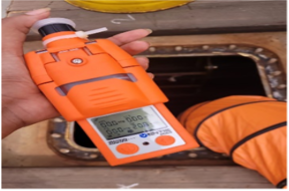
RISK OF FIRE AND EXPLOSION
Flammable gases and chemicals combined with poor ventilation can reach their explosibility range.
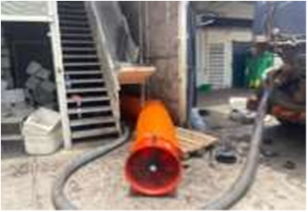
RISK OF BURNS
Caused by chemicals, hot water, or contact with heat networks.
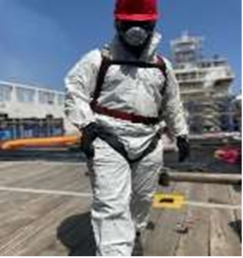
RISK OF FALLING FROM HEIGHT
Related to access points.
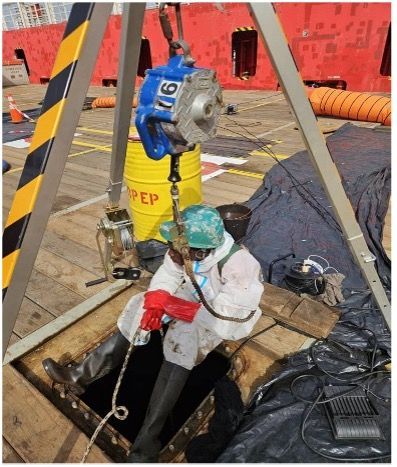
RISK OF ELECTROCUTION OR ELECTRICAL SHOCK
- Work on electrical installations.
- Power circuits supplying lighting systems.
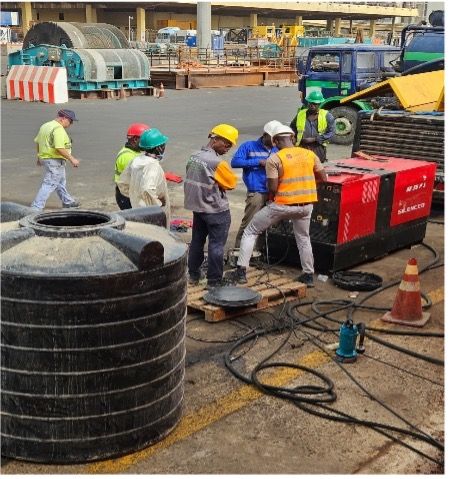
RISKS RELATED TO MANUAL HANDLING
Equipment and materials
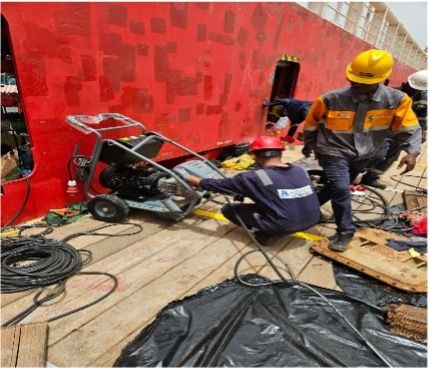
2. Training and Certification of Workers
For any confined space work, GBA only deploys qualified personnel. The selection process for workers includes the following steps:
- Medical examination by our occupational health physician.
- Confined space entry training.
- Industrial risk training Level 1 and 2.
- ATEX (explosive atmosphere) training.
- Working at height certification.
- Training on the use of PPE (Personal Protective Equipment) and EPC (Collective Protective Equipment).
- Training on the use of fire extinguishing equipment.
- Document certifying authorization for personnel to work in confined spaces.
3. Confined Space Entry Permit
Issuance of an entry permit before the start of work. This document must include:
- Description of the task to be performed.
- Duration of the intervention.
- Necessary authorizations.
- Required safety conditions.
4. Environmental Conditions Monitoring and Control
Preliminary atmosphere testing:
- Measure oxygen levels (minimum 19.5%, maximum 23.5%).
- Detect toxic gases (H₂S, CO, etc.).
- Verify absence of explosive gases (concentration below 10% of the Lower Explosive Limit - LEL).
- Continuous monitoring during the intervention with fixed or portable gas detectors.
- Adequate ventilation to maintain a breathable environment.
5. Personal Protective Equipment (PPE)
- Safety helmet.
- Gloves resistant to the products handled.
- Respiratory masks or Self-Contained Breathing Apparatus (SCBA) in case of toxic gas risks or oxygen deficiency.
- Safety harness to facilitate emergency rescue.
- Chemical-resistant or flame-retardant clothing, if necessary.
6. Rescue Equipment and Communication System
Rescue equipment ready for use:
- Tripods or winches for quick worker extraction.
- First aid kits.
- Fire extinguishers suitable for identified risks.
Reliable communication system:
- Radios or intercoms to maintain contact between teams inside and outside the confined space.
7. Surveillance Team
Presence of a rescue team:
- A standby attendant positioned outside the confined space to monitor the workers inside.
- Training of attendants to intervene in case of an emergency.
- Rescue team equipped and available for immediate response.
8. Emergency and Rescue Plan
Develop an intervention plan in case of emergency:
- Quick evacuation procedures.
- First aid management.
- Coordination with local emergency services (firefighters, ambulances).
9. Equipment Inspection
All equipment (PPE, gas detectors, electrical tools, etc.) must be:
- Inspected before each use.
- Compliant with standards and in perfect working condition.
10. Regulatory Compliance
Comply with local and international standards such as:
- OSHA (Occupational Safety and Health Administration).
- NFPA (National Fire Protection Association).
- ISO 45001 (Occupational Health and Safety Management System).
11. Documentation and Monitoring
Intervention report:
- Document all steps, incidents, or observations during the operation.
- Maintain a log of inspections and maintenance for all equipment used.
Confined space work requires rigorous preparation, proper training, and constant vigilance. By following these requirements, risks can be significantly reduced, ensuring worker safety and the smooth execution of operations.
